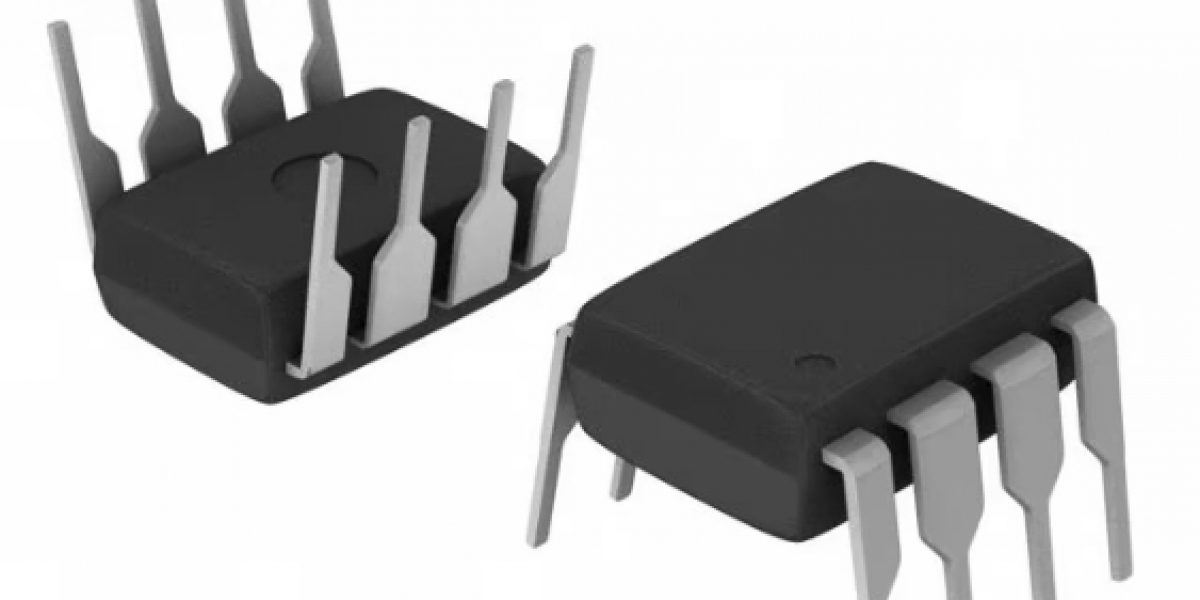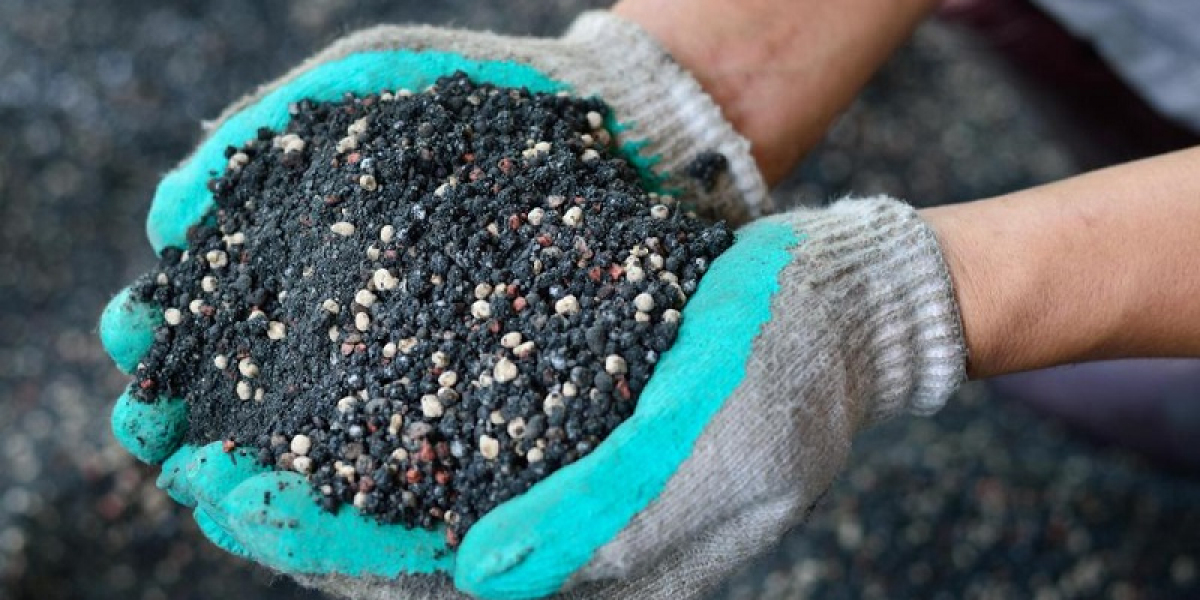The development of truly effective eco-friendly straws represents a fascinating convergence of environmental science, materials engineering, and consumer behavior research. Early attempts at plastic straw alternatives often fell short in key areas like durability, cost, or performance, leading to skepticism about their viability. However, recent advancements have produced options that not only meet but in some cases exceed the functionality of traditional plastic straws while maintaining strong environmental credentials.
Material science breakthroughs have been particularly crucial in this evolution. Researchers have developed plant-based polymers that mimic plastic's desirable properties without its environmental persistence. These bioplastics, derived from sources like corn starch, sugarcane, or even algae, can be engineered to degrade under specific conditions while remaining stable during use. The molecular structure of these materials can be precisely tuned to control factors like flexibility, heat resistance, and decomposition timeline, allowing customization for different applications and climates.
Another significant area of innovation involves waste stream utilization. Some of the most promising straw materials come from agricultural byproducts that would otherwise be discarded. Wheat straw (the actual stalks left after grain harvest), pineapple leaves, and other crop residues are being transformed into durable drinking straws through specialized processing techniques. This approach creates value from materials traditionally considered waste while avoiding competition with food production - a crucial consideration for sustainable scaling.
The decomposition process of these new materials presents its own scientific marvel. Unlike petroleum-based plastics that simply fragment into smaller pieces, truly compostable straws are designed to be broken down by microorganisms into basic organic compounds. This biological process returns nutrients to the soil rather than polluting ecosystems. The rate of decomposition can be engineered through material composition and additives, with some formulations breaking down in as little as eight weeks under ideal composting conditions.
Performance testing has also become increasingly sophisticated. Modern eco-friendly straws undergo rigorous evaluation for factors like liquid absorption rates, flexural strength, and temperature tolerance. Advanced quality control measures ensure consistency in production batches, addressing early complaints about variability in alternative straw products. Some manufacturers now employ food-grade coatings derived from natural sources to enhance performance without compromising compostability.
The psychological aspects of straw use haven't been overlooked either. Designers recognize that the sensory experience - the feel of the straw against the lips, the sound of sipping, even the visual appearance - contributes significantly to consumer acceptance. This has led to innovations in texture, color, and even printing techniques that allow branding while maintaining environmental safety standards.
Manufacturing processes have seen parallel advancements in sustainability. Many eco-straw producers now utilize renewable energy in their factories, implement closed-loop water systems, and prioritize low-waste production methods. The carbon footprint of producing and transporting these straws continues to decrease as the industry matures and scales up operations.
Looking ahead, emerging technologies promise even more sophisticated solutions. Researchers are experimenting with edible straws that provide nutritional benefits, smart materials that change color to indicate drink temperature or composition, and even straws that incorporate seeds to facilitate planting after use. While not all these concepts may reach mass adoption, they demonstrate the creative potential in this space.
The economic equation for eco-friendly straws has also improved dramatically. As production volumes increase and processes become more efficient, costs continue to decrease. Many businesses now find the price premium for sustainable options to be negligible compared to the brand benefits and regulatory future-proofing they provide. Some analyses suggest that when factoring in potential waste management savings and customer loyalty benefits, eco-straws may already present a better overall value proposition than plastic in many scenarios.
This ongoing innovation cycle ensures that eco-friendly straw options will keep improving, making the choice between sustainability and performance increasingly obsolete. As material science progresses and manufacturing scales up, we can anticipate even more advanced solutions that make single-use plastic straws a relic of the past.Discover cutting-edge sustainable straw technology at sotonstraws.com .













